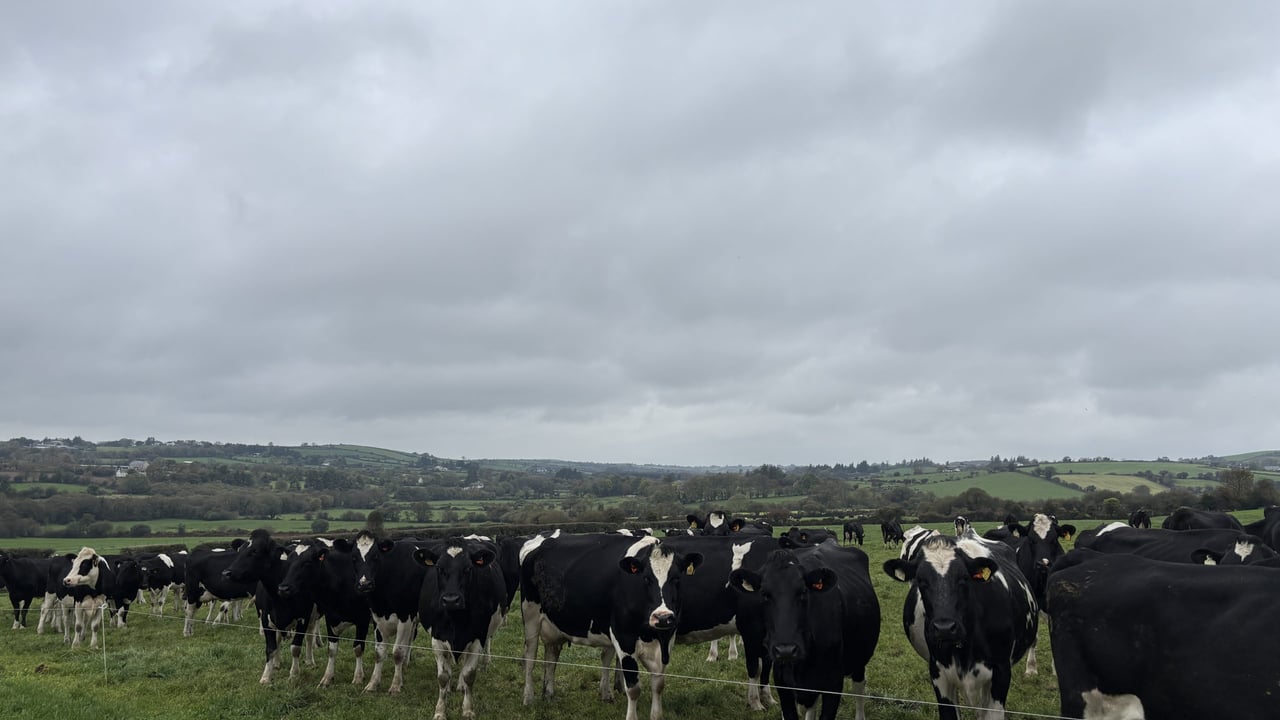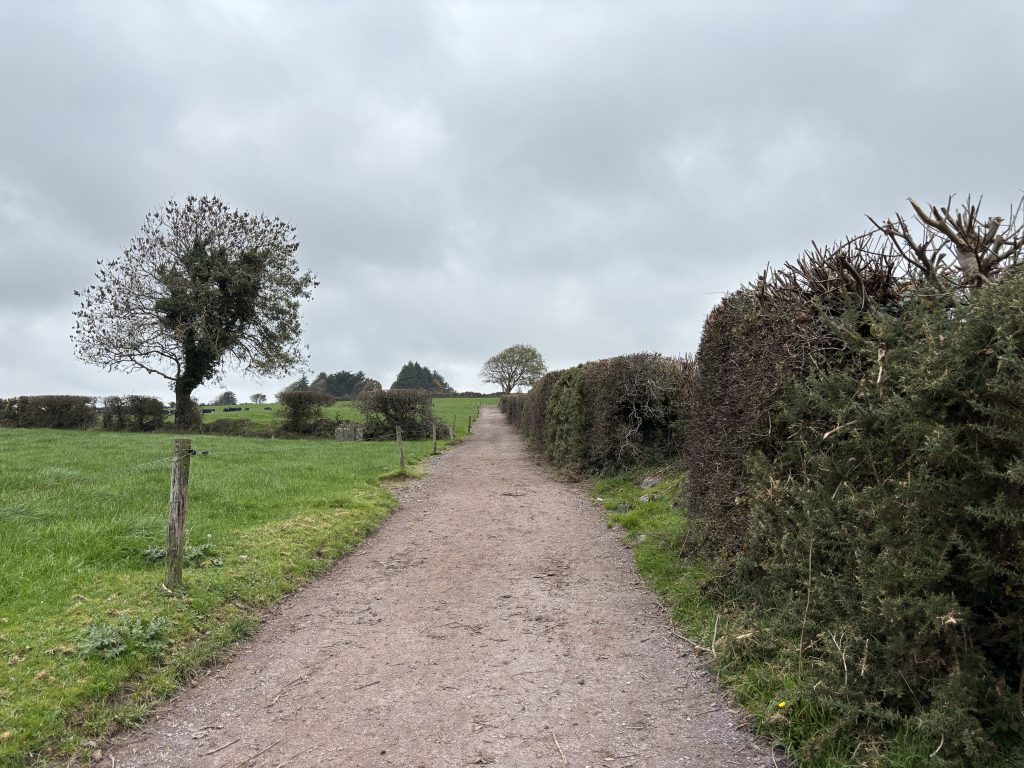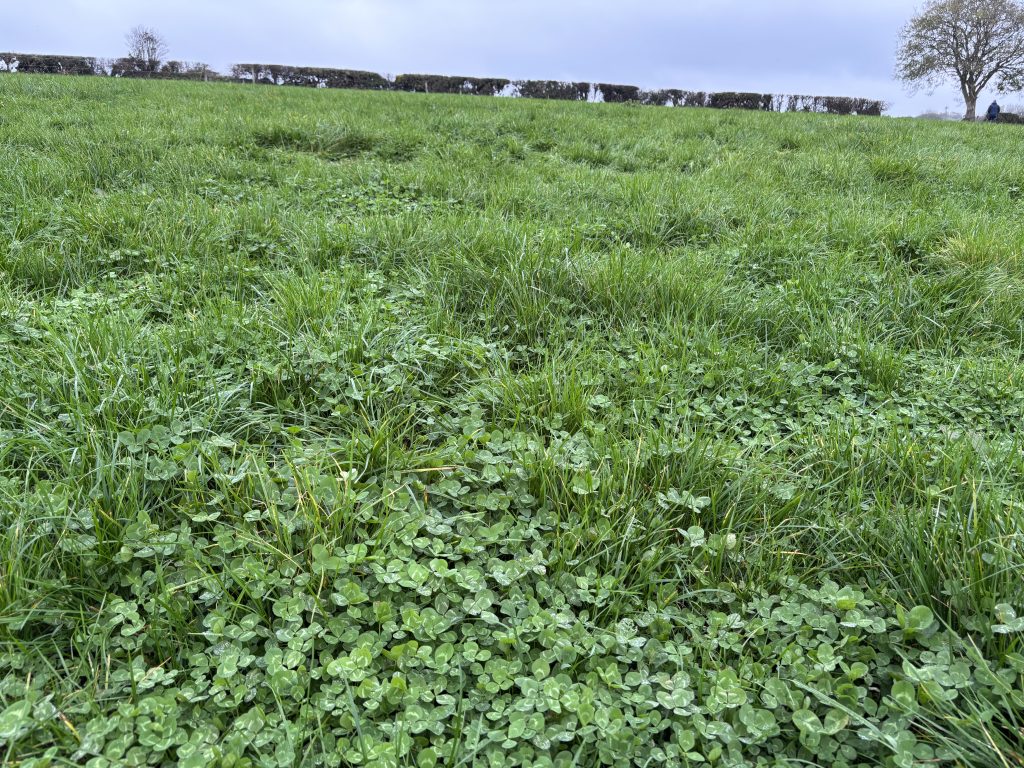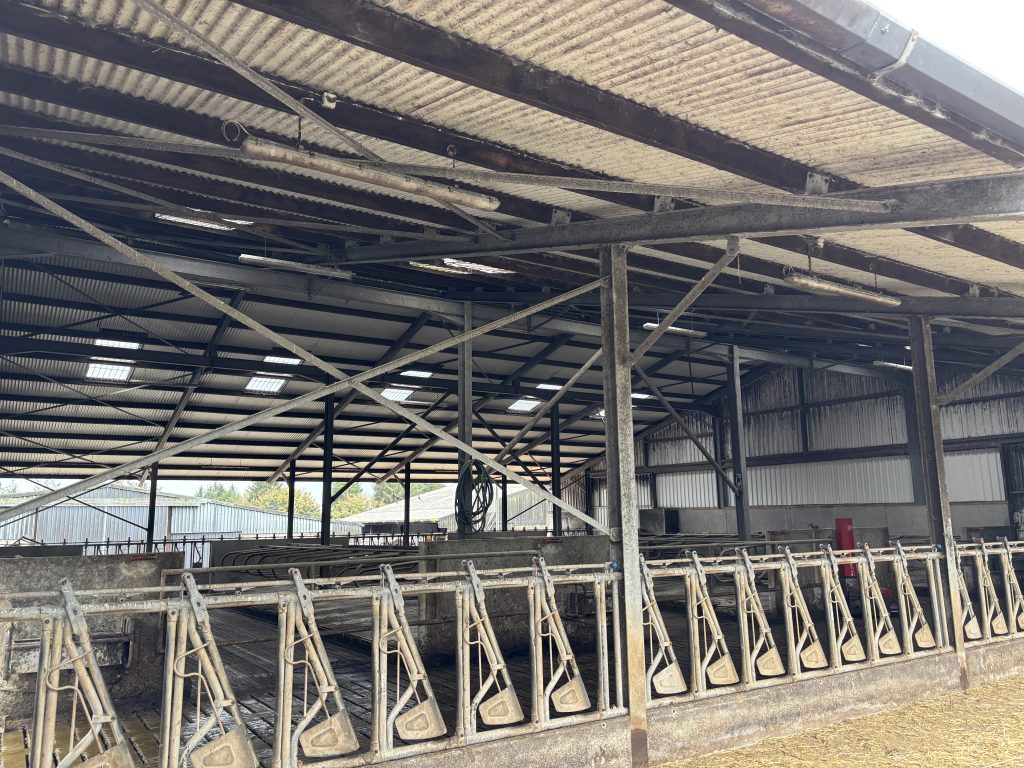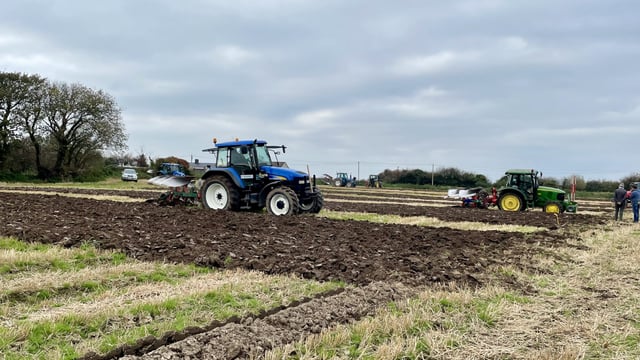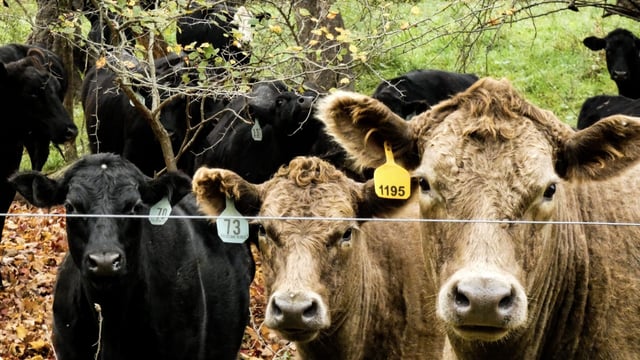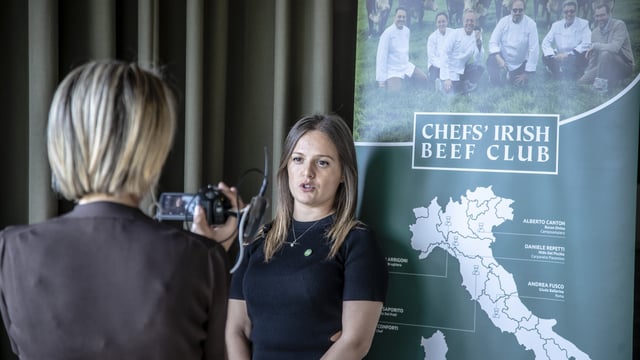Dairy focus: Improving margins by maximising nitrogen efficiency
Raymond Goggin is milking 120 black-and-white cows on 60ha of farmland in Templemartin, just outside Bandon in Co. Cork.
He is currently producing 1.57kgs of milk solids (MS)/cow at 5.08% fat and 4.45% protein on 4kg of meal.
His average farm cover is sitting at 902kg DM/ha, with growth at 50kg DM/ha and demand slightly lower at 48kg DM/ha.
However, he expects demand to surpass growth this week coming.
Over the last few years, Goggin has being putting an emphasis on improving nitrogen use efficiency, which is helping to improve his overall farm margins.
By increasing the net profit per cow, Goggin has positioned himself so he can put a heavier focus on his cows and his grass, and continue to maximise his margins.
Nitrogen efficiency
Goggin was previously milking 126 cows, but realised he was close to slipping into the high nitrates band, which would have cost him 15 cows.
He also explained that he was struggling to grow the grass for them, saying: "Drought has become more of a norm than an exception.
"I felt I could do a better job of staying in the middle band."
So he pulled the herd back to 120, where he is maintaining a whole farm stocking rate of 2.4 livestock units (LU)/ha, or 3LU/ha for the milking platform.
He also started pushing himself harder on nitrogen efficiency, through careful slurry spreading, clover adoption, protected urea, and consistent reseeding.
Goggin reseeds ground via oversowing, but admitted to the method being hit or miss depending on the weather conditions.
He said it works great if the conditions are ideal; however, he is prone to summer drought, which can often affect paddocks oversown in the spring.
Goggin has also being using protected urea for the last six or seven years, and is now using 100% protected urea on the whole farm.
He said he had slight issues in 2024 with drought, which caused a bit of striping but added that one bad year would not turn him off following previous success.
The Cork man also frequently spreads lime to keep pH levels adequate, saying that in or around the 6.2pH mark is not good enough for clover.
Currently, 98% of his farm is above 6.2pH, while 96% has a P index of 3/4 and 83% a K index of 3/4.
When all is said and done, Goggin's methods have led the farm to achieve a nitrogen use efficiency rate of 33%, quite high when compared to the average figure of 25%.
Clover
Over 23% of Goggin's farm is now in position of high rate clover, after reseeding paddocks at a rate of 2kg/ha.
However, he has not yet tried using any red clover swards in his silage ground to date.
Goggin said that despite the risk, he has not yet had any issues with bloat in the herd even though he is not using any bloat oil.
He is, however, leaving straw at the barrier for the cows, especially towards the back end of the season.
In terms of fertiliser, he is still applying 10 units of nitrogen to clover paddocks.
He said the paddocks get the full rate in May, then he goes to half rate, after which he may skip two rotations, but will give the paddocks some dirty water.
Goggin still has not committed to zero nitrogen, but said he knows some who have and that it is working for them, so he would not be scared to try it.
in 2024, he grew 12.6t/DM on the milking platform using 189kgs N/ha, a fertiliser rate which was up on previous years due to the weather conditions.
Currently, he aims to maintain an all-grass diet until November 1.
From there, the herd may starting going in for the nights, depending on the weather, but maintaining 10kg of fresh grass in the diet until mid November is the goal.
Cows
Goggin said he is pushing relatively hard on percentages within the herd, happy to sacrifice the volume of litres in exchange for improved solids.
He maintained an 89%six-week calving interval this year and averages a 17.5% replacement rate.
Goggin said he then uses artificial insemination (AI) on the replacement heifers for three weeks, with the bull cleaning up whatever is left, stating all of this year's stock is in calf.
He recently got the Cowmanager ear tags, which prompted him towards using 20 sexed semen straws this year, where he achieved a 60% success rate.
Out of 115 of this year's cows that were bred, 11 did not go into calf, which he quite was disappointed with, saying he had around three or four late embryo losses.
Based off the old EBI numbers, Goggin's current herd is worth about €250, while his 2025 calves are at €287.
In terms of the new EBI figures, the current herd is coming in at €172 and the 2025 calves are worth €215.
Goggin is looking to change certain things within the herd, such as his maintenance figure.
As the current cows are in or around the 650kg size, this figure is at the €9 mark in old EBI and €12 in the new, which he would ideally like to bring down.
Goggin highlighted how he is currently in a good position to put focus into the herd, as well as other bits such as nitrogen use efficiency, as other things such as farm infrastructure in regards to sheds and roads have now all been completed.

